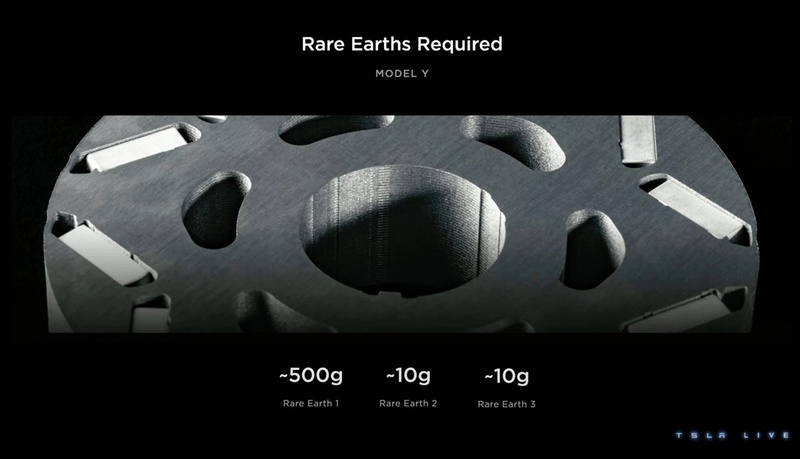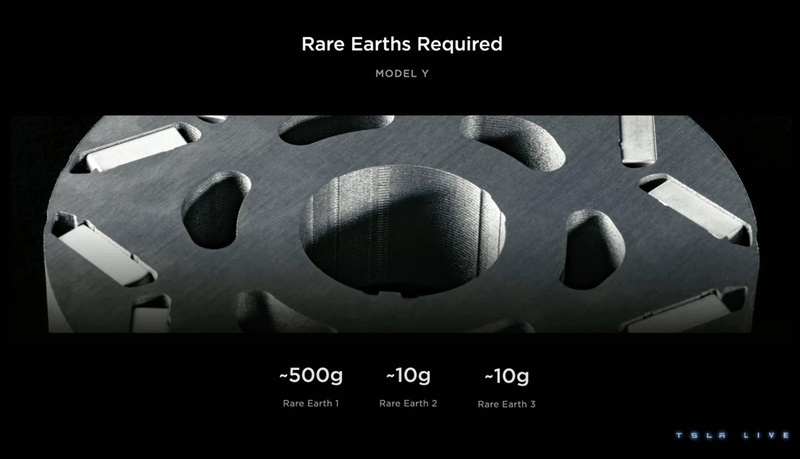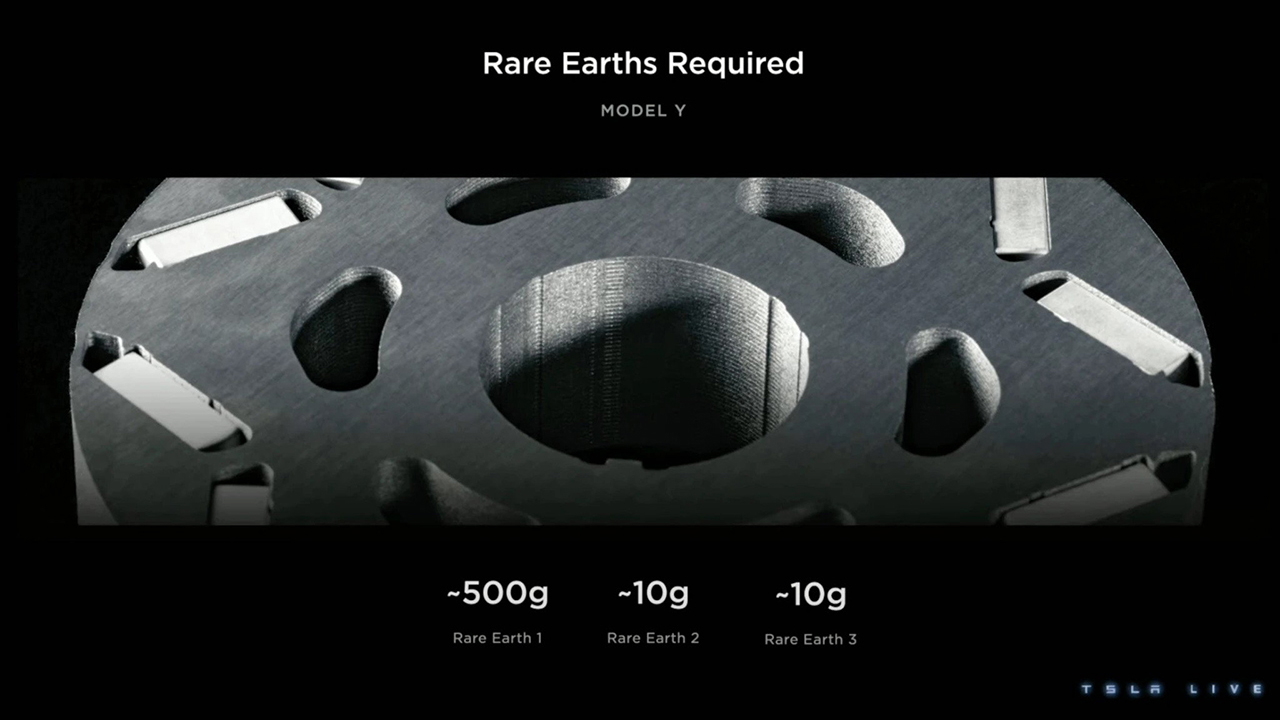Rare earth elements have been a point of contention in EV supply chains due to difficulties in securing supplies and the fact that the vast majority of worldwide production is sourced or processed in China. The move is important due to the current push by the Biden Administration for domestically produced electric vehicle component materials.
We’re developing a powertrain that’s more efficient & also doesn’t require any rare earths pic.twitter.com/QLbpQSf2nA
— Tesla (@Tesla) March 1, 2023
It is worth noting that there are many misconceptions surrounding the use of rare earth elements in electric cars. In actuality, lithium-ion batteries, which are commonly used in electric cars, typically do not contain any rare earth elements. However, they do contain other critical minerals as defined by the Inflation Reduction Act.
Rare earth elements include Lanthanides, Scandium and Yttrium. Despite the name, these elements are not particularly rare, with Neodymium being about two-thirds as abundant as copper.
Rare earth elements are primarily used in electric car motors rather than batteries. Neodymium is the most commonly used element, as it is used in powerful magnets for speakers, hard drives, and electric motors. Dysprosium and Terbium are often used as additives in Neodymium magnets. Tesla currently uses rare earth elements in its DC permanent magnet motors, but not in its AC induction motors.
Interestingly, Tesla initially used AC induction motors in its vehicles, which did not require rare earth elements. The company’s namesake, Nikola Tesla, was the inventor of the AC induction motor. However, when the Model 3 was introduced, the company began using a new permanent magnet motor that required rare earth elements.


During its Investor Day presentation, Tesla displayed a slide showing a comparison of the current rare earth usage in the Model Y permanent magnet motor with a potential next-generation motor. Although the company did not specify which elements it uses, the first number is likely Neodymium, and the others could be Dysprosium and Terbium.
While Neodymium-based permanent magnets have been the standard for some time, research over the past decade has explored potential alternatives. It remains unclear which material Tesla plans to use in its next-generation motor, but the company appears to be close to a decision.
Source: Tesla

